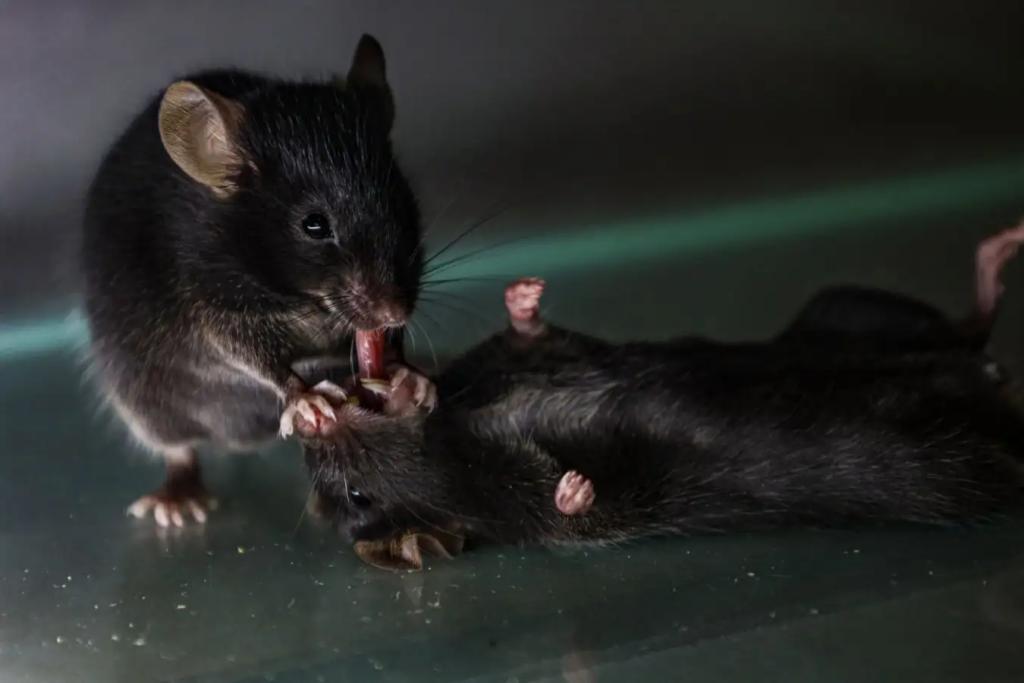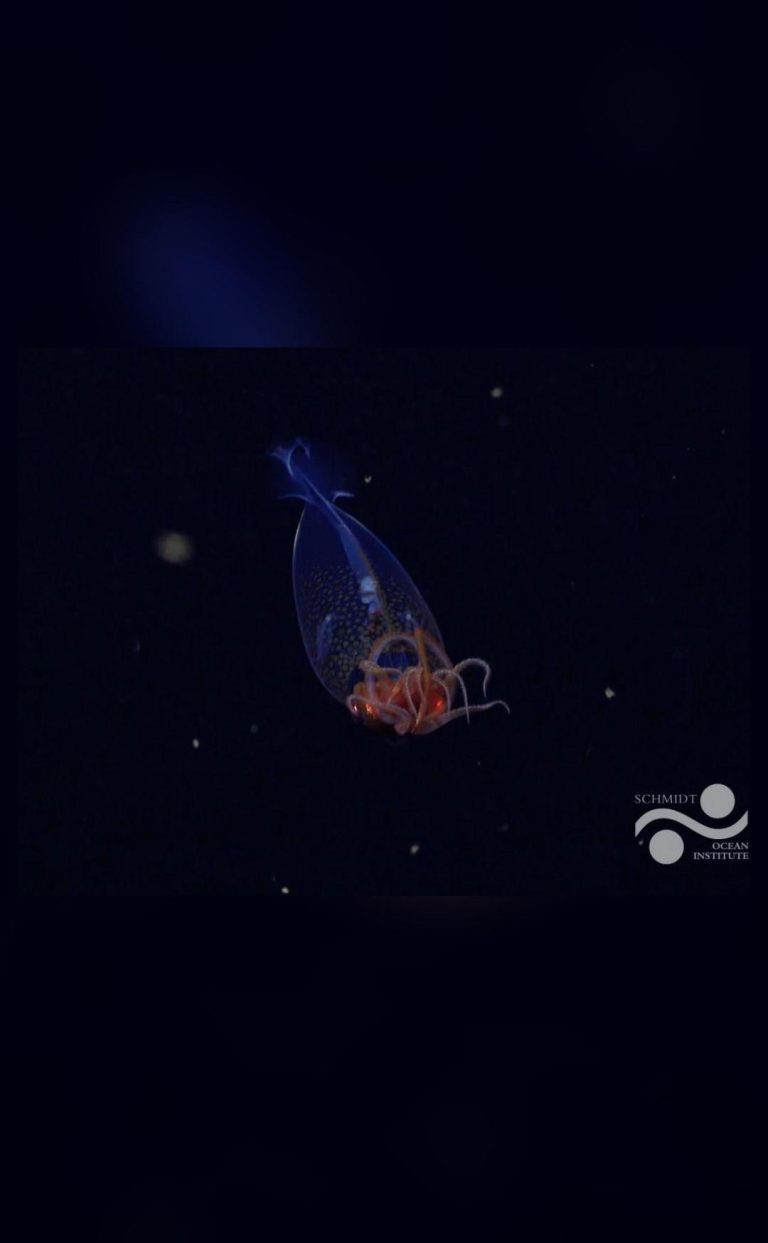
Mice Showed First-Aid Skills, Tried Reviving Peers: Study
In a groundbreaking discovery, researchers have found that mice exhibit first-aid-like behaviors, attempting to revive unconscious peers by sniffing, grooming, and even pulling their tongues to clear airways. The astonishing study, published in the prestigious journal Science, has shed new light on the extent of empathy in animals and has significant implications for our understanding of life-saving behavior across species.
The research, conducted by a team of scientists from the University of Zurich, observed the behavior of mice in laboratory settings. They noticed that when one mouse became unconscious, its peers would often respond with remarkable empathy, attempting to revive their fallen companion. The mice would use various methods to try and stimulate their peer, including sniffing, licking, and even pulling their tongue to clear their airway.
These findings are significant because they suggest that life-saving behavior may be more common across species than previously believed. While humans are known for their ability to exhibit empathy and provide aid to others, other animals have been observed showing similar behaviors. However, the extent to which these behaviors are driven by empathy has rarely been studied.
To investigate this further, the researchers used a combination of behavioral observations and pharmacological experiments to determine the underlying mechanisms driving the mice’s first-aid-like behaviors. They found that the oxytocin hormone, often referred to as the “love hormone,” played a crucial role in the mice’s empathetic responses.
Oxytocin is a hormone that is released during social bonding activities, such as mother-infant interaction or romantic relationships. In humans, oxytocin has been linked to increased feelings of empathy and altruism. The researchers found that when they blocked the effects of oxytocin in the mice, their empathetic responses were significantly reduced.
These findings have significant implications for our understanding of empathy and life-saving behavior across species. While humans are known for their ability to provide aid to others, other animals have been observed showing similar behaviors. For example, chimpanzees have been observed providing food to injured group members, and dolphins have been known to help trapped fish escape from nets.
The study’s lead author, Dr. Claudia F. Richter, explained the significance of the findings in an interview with Science Daily. “Our study shows that mice, like humans, have a natural inclination to help others in distress. This is a remarkable example of empathy, and it highlights the importance of considering the emotional lives of animals.”
The discovery also has practical applications for the study of animal behavior and welfare. By understanding the mechanisms driving empathetic behavior in animals, researchers may be able to develop more effective strategies for improving animal welfare and reducing animal suffering.
In conclusion, the study’s findings are a testament to the remarkable complexity and adaptability of animal behavior. The discovery that mice exhibit first-aid-like behaviors, driven by oxytocin-driven empathy, has significant implications for our understanding of life-saving behavior across species. As we continue to learn more about the emotional lives of animals, we may uncover even more surprising examples of empathy and altruism in the natural world.






